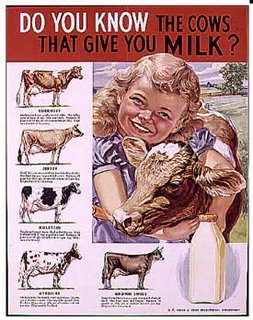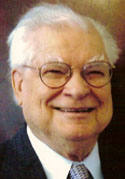Two cent lunch
 I've lost track of how many lunches I have consumed, oblivious at my desk, sandwich in left hand to free my right for the mouse. Lunch is mostly fuel in a working life: nuked leftovers, a pound of takeout swathed in petrochemicals, drive-thru cardiac incidents. It wasn't always so; somewhere I lost the knack for leisure, the rest and playfulness and companionship that once divided the day.
I've lost track of how many lunches I have consumed, oblivious at my desk, sandwich in left hand to free my right for the mouse. Lunch is mostly fuel in a working life: nuked leftovers, a pound of takeout swathed in petrochemicals, drive-thru cardiac incidents. It wasn't always so; somewhere I lost the knack for leisure, the rest and playfulness and companionship that once divided the day.Not that I was ever a cafe caballero, lingering over latte and pondering Proust. What I miss is--somebody help me--the elementary school cafeteria. The simplest of fare--brown bag, white bread, gooey peanut butter, purple jelly--milk in a glass bottle, carrot sticks in wax paper, raisins in a cardboard box. And the company of two hundred other yammering children. One guy at my table would eat his sandwich down to the shape of a flipped "bird," for the benefit of his recess rivals. Another would squish the whole thing into his mouth at once, roll it into a glutinous ball and display it on extended tongue. I forget why. Carrot sticks can double as Dracula fangs. A California raisins box, once empty, makes a dandy kazoo. The uses of a milk straw are too numerous to mention, and the lunch bag itself can be inflated and exploded immediately behind a girl carrying a full tray of spaghetti and meatballs.
It's the greening grass that brings it all to mind, and the memory of milk--two cents for a half-pint bottle, stoppered with a cardboard tab. One day each year it would become transformed from funky white liquid into pure ambrosia, when the local dairyman switched from hay to pasture. You could see the Holstein it came from out the cafeteria window. If you had a good arm, you could hit it with a dried chip from the edge of the schoolyard.


